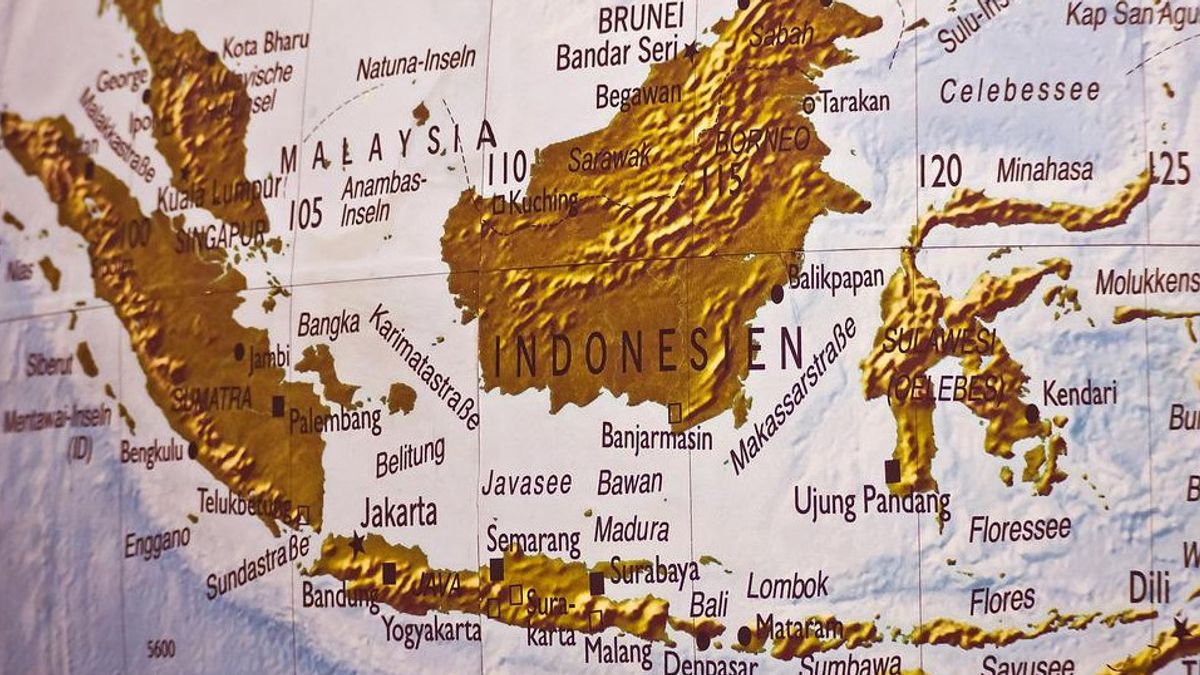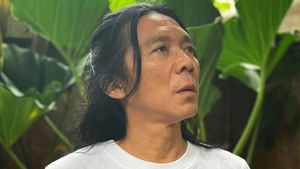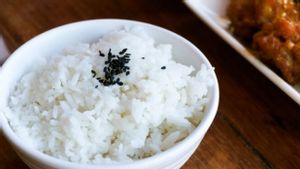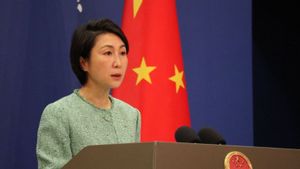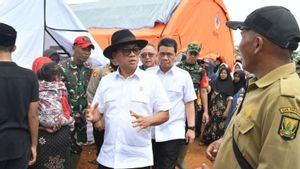YOGYAKARTA Indonesia is the largest archipelagic country in the world. Based on data from the Geospatial Information Agency (BIG), the number of islands in Indonesia in 2021 is 17,000 thousand. However, do you know what is the oldest island in Indonesia?
According to British leading naturalist Alfred Russel Wallace, Sulawesi Island is one of the oldest parts of the island in the archipelago.
Russel, who made Sulawesi in the range from 1856 to 1859, looked for answers to the geological process that formed the island of Sulawesi.
Russel suspects that the uniqueness of Sulawesi animals is related to changes in the surface of the earth in the past.
Please note, Sulawesi flanked by the Asian Continent and Australia has a high level of endemicity in terms of flora and fauna and has differences with other regions.
The spread of living things on the earth's surface is caused by changes that occur on the earth's surface.
In Indonesia, the sea that separates Java, Sumatra, and Borneo and the Malacca Peninsula is shallow ocean. These islands were once part of Asia, but were separated due to land subsidence. This can be seen from evidence of a similarity of fauna.
According to Wallace in his writing entitled The Malay Archipelago or Archipelago Islands, fauna that is in a faraway area will have significant differences. Even so with fauna in the same region, but in a period far away.
"However, in one period of time, it is very likely that there will be changes in the shape of animals in one area," Wallace added.
SEE ALSO:
Wallace, an elephant, Tapir Sumatra and Borneo, the rhinos Sumatra and Java were also found in several parts of South Asia. These animals are impossible to cross the strait. The reason is, different animals with humans have the ability to build ships. That is, in the past there have been land relations. Smaller mammals also live in each of these islands and the Asian continent.
On the other hand, fauna that inhabits the fauna in the eastern part of the archipelago looks similar to that of the Australian continent. Meanwhile, differences in the type of fauna are found again in the central part of the archipelago, such as Sulawesi and Maluku.
Animals such as forest cat monkeys, deer, citers, wingers and various types of squirrels are widely found in Java and Kalimantan. However, these faunas are not in Sulawesi and Maluku. In both areas there are only cuscuss, wild boars, and deer. This shows that all islands in east Java and Kalimantan, except Sulawesi, are part of the Australian continent. Although some islands have never merged with the continent.
The series of islands separated before the Southeastmost Asian region surfaced to sea level.
Wallace said that parts of Java and Kalimantan are young geological formations. This can be seen from the differences in species in the two regions with Sulawesi. In addition, the depth of the separating sea also shows a very long separation process.
In Sulawesi, Wallace discovered several oddities. Some of the fauna found on Sulawesi's left and right islands, was not found on the island. For example, the genus Ceyx of a murai bird family, the Erythrura genus of a Kutilang bird family, can be found young in Maluku, Kalimantan, and Java but not in Sulawesi.
With the many oddities found in Sulawesi, Wallace confirmed that the island is the oldest island in Indonesia. Wallace suspects that Sulawesi was formed not only before the separation of Sumatra, Kalimantan, and Java from the Asian continent. However, from a further period in the past, when the land that formed the three islands had not yet risen above sea level.
The English, Chinese, Japanese, Arabic, and French versions are automatically generated by the AI. So there may still be inaccuracies in translating, please always see Indonesian as our main language. (system supported by DigitalSiber.id)
